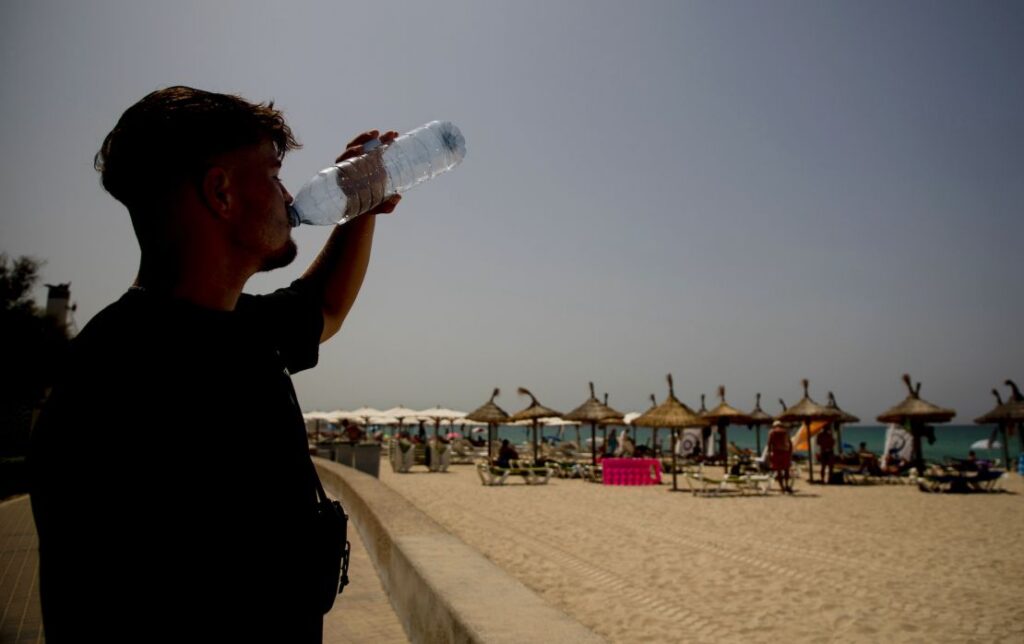
Millions reach for bottled water daily, often for its perceived purity and convenience. However, a recent study by Columbia University Climate School has thrown a wrench into this perception. It reveals a disturbing truth, bottled water can contain thousands of nanoplastics per liter.
Plastic water bottles may not be as safe as we think. A recent study from Columbia University, published in the journal Proceedings of the National Academy of Sciences, discovered alarming levels of tiny plastic particles, called nanoplastics, in three popular bottled water brands. These nanoplastics were found to be 10 to 100 times higher than previously estimated.
What are Nanoplastics and Why Are They Worrisome?
Nanoplastics, smaller than .001 millimeters, and microplastics, smaller than 5 millimeters, can pose potential threats to our health. They are formed when larger plastic pieces break down and are now widespread in our water, soil, air, and even the food we eat. Recent research indicates that these particles accumulate in the human body, including vital organs like the placenta, heart, and lungs.
Nanoplastics, due to their tiny size, can be absorbed into human cells and cross the protective blood-brain barrier. Studies suggest a potential link between nanoplastics and health issues, including inflammation, metabolic changes, and damage to reproductive health.

Concerns and Future Outlook
While the World Health Organization (WHO) currently states there’s no conclusive evidence of harm from microplastics in drinking water, experts agree that more research is needed. However, with microplastics already found in 80% of tap water samples globally, addressing this pervasive issue remains challenging. The continuous use of plastic is expected to increase, contributing to more microplastics and nanoplastics in our daily lives.
How to Minimize Exposure
While eliminating microplastics is difficult, there are steps to reduce exposure. A 2018 study found that tap water generally has fewer microplastics than bottled water. Filtering water and using a refillable stainless-steel water bottle can also help decrease exposure.

Despite these measures, eliminating nanoplastics is challenging due to their size. Experts recommend minimizing overall plastic usage to limit exposure. Choosing tap water over bottled water, using water filters, and opting for reusable water bottles filled with filtered water can contribute to a healthier lifestyle.
In conclusion, awareness and informed choices are crucial as we navigate the presence of microplastics and nanoplastics in our daily lives.
